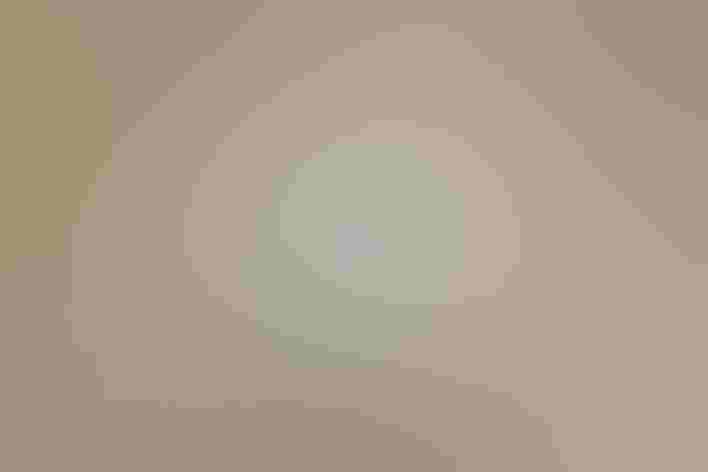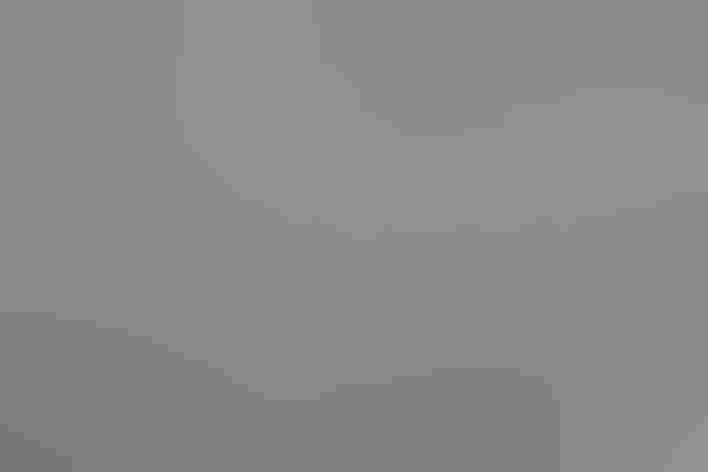Snow Bunting
At a Glance
They sometimes have been called 'Snowflakes,' and flocks of Snow Buntings may seem like snowflakes as they swirl through the air and then settle on winter fields. South of the Arctic these are strictly winter birds, arriving in late fall, generally departing at the first signs of spring. In summer they retire to barren northern tundra, with some breeding on the northernmost islands of Canada and the mountains of Greenland. In some high Arctic communities, Snow Buntings nest in birdhouses put out for them.
All bird guide text and rangemaps adapted from Lives of North American Birds by Kenn Kaufman© 1996, used by permission of Houghton Mifflin Harcourt Publishing Company. All rights reserved.
Category
New World Sparrows, Perching Birds
IUCN Status
Least Concern
Habitat
Coasts and Shorelines, Fields, Meadows, and Grasslands, Saltwater Wetlands, Tundra and Boreal Habitats
Region
Alaska and The North, California, Eastern Canada, Florida, Great Lakes, Mid Atlantic, New England, Northwest, Plains, Rocky Mountains, Southeast, Southwest, Western Canada
Behavior
Direct Flight, Flitter, Running
Population
29.000.000
Range & Identification
Migration & Range Maps
Migrates mostly late in fall and early in spring. Strays south of main winter range may be most likely to appear in November.
Description
6-7 1/4" (15-18 cm). In winter, pale brown and white, with big white wing patches, black in tail and wingtips. Summer male clean black and white, female duller and grayer. Beware confusion with partial albinos of other species.
Size
About the size of a Robin, About the size of a Sparrow
Color
Black, Brown, Tan, White
Wing Shape
Pointed
Tail Shape
Notched, Square-tipped
Songs and Calls
Clear whistle or soft buzzy note. Song a sweet warble.
Call Pattern
Undulating
Call Type
Chirp/Chip, Whistle
Habitat
Prairies, fields, dunes, shores. In summer, tundra. Breeds on northern tundra, mainly in areas with rocky outcrops, boulder fields, cliffs, or rocky beaches, generally avoiding unbroken wet tundra. Winters in various kinds of open country, including shortgrass prairie, farmland, beaches, lake shores.
Sign up for Audubon's newsletter to learn more about birds like the Snow Bunting
Behavior
Eggs
4-7, sometimes 2-9. Whitish to pale blue-green, marked with brown and black. Incubation is by female, 10-16 days. In some parts of range, male feeds female on nest throughout incubation period, allowing her to spend more time on eggs -- important in cold northern climate.
Young
Both parents feed nestlings. Young leave the nest about 10-17 days after hatching. 1 brood per year.
Feeding Behavior
Forages while walking and running on the ground. Except when nesting, usually forages in flocks.
Diet
Mostly seeds and insects. Seeds of grasses, weeds, and sedges make up a major part of diet at most seasons, especially in winter; may also consume buds and leaves in spring. Also eats many insects in summer, including crane flies, other flies, beetles, caterpillars, true bugs, and others, plus some spiders. Young are fed mostly on insects. In coastal areas, may eat tiny crustaceans and other marine life.
Nesting
Males arrive on breeding grounds 3-6 weeks before females, to stake out territories containing suitable nest sites. In territorial and courtship display, male flies up 20-30', then glides down while singing. In courtship on ground, male spreads wings and tail, turns his back to female to show off contrasting pattern, and makes short runs away from her. Nest site is in some protected cavity, as in a deep fissure among rocks; sometimes under manmade debris or in hole in ground. Nest (built by female) is a bulky cup of grass and moss, lined with fine grass, rootlets, plant down, and especially with feathers or hair.
Conservation
Conservation Status
Common and widespread, numbers probably stable. Most of breeding range is remote from effects of human activity.
Climate Threats Facing the Snow Bunting
Choose a temperature scenario below to see which threats will affect this species as warming increases. The same climate change-driven threats that put birds at risk will affect other wildlife and people, too.














